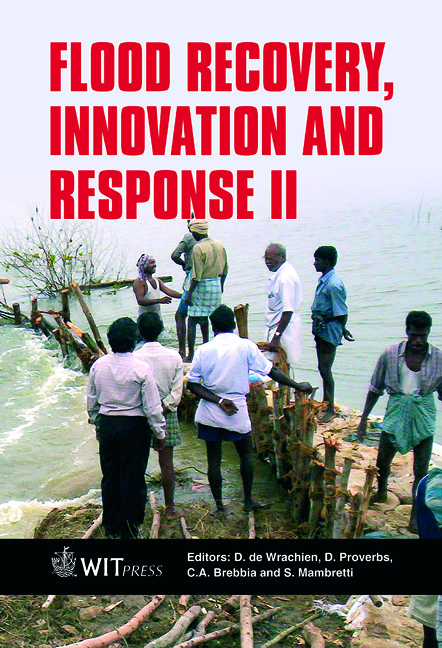A Protocol Analysis Of Urban Population Spatial Distribution Under Rising Sea Levels: A Case Example Of Tainan City, Taiwan
Price
Free (open access)
Transaction
Volume
133
Pages
12
Page Range
155 - 166
Published
2010
Size
3,440 kb
Paper DOI
10.2495/FRIAR100141
Copyright
WIT Press
Author(s)
C.-H. Lu & Y.-J. Chen
Abstract
Global warming and climate change has been affecting our living environment, including rising sea levels, thermal expansion, changes of rainfall and ecosystems. Among these, the rising sea level directly results in an encroaching coastline that invades present land use and influences human inhabited areas. Taiwan, as a subtropical island, would be significantly affected. This paper attempts to explore the impacts of land use changes and population re-distribution against a rising sea level, and selects Tainan city, which is an alluvial fan city in the Taiwan area, as a case example to propose a protocol approach to modelling the effects. Firstly, this paper examined the change of coast line and flood areas when the sea level rises. Following the result of land change, we simulated the reallocation of population distribution by adopting the heuristic Hansen model under the assumption of keeping the land use of the non-flooded areas unchanged. Our current results indicate that the land space is reduced by 1.7%, 13%, and 59% when the sea level rises by 1m, 2m, and 3m, respectively. This paper also concludes that the population increases the fastest in currently less developed areas, such as the Annan district, which is the most rural area of Tainan city. On the other hand, the highly developed areas, such as the East and Middle districts, which are the most attractive locations and the transportation centre of Tainan city, would remain as the core area with the highest population density under our assumption of sea level change. Keywords: global warming, sea level, land use, Hansen model, Tainan City.
Keywords
global warming, sea level, land use, Hansen model, Tainan City





